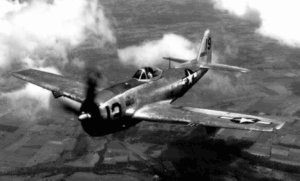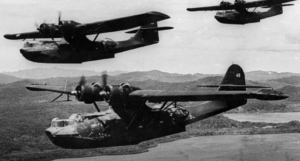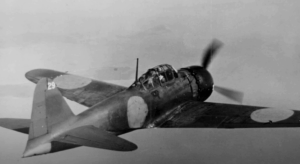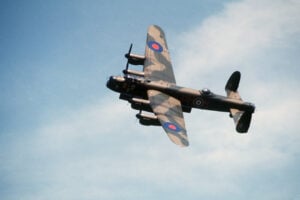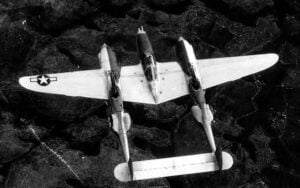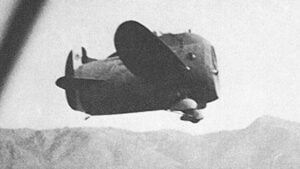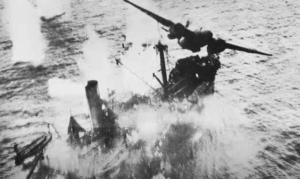The Incredible Stories of the Three Most Legendary A-10 Warthog Pilots Ever
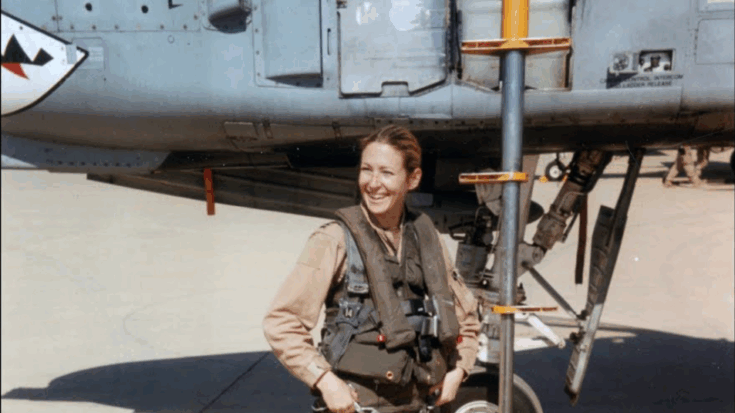
Kim "KC" Campbell / YouTube
Since its introduction in the 1970s, the A-10 Thunderbolt II—better known as the “Warthog”—has been a symbol of resilience and precision in close air support. Built to protect ground troops and survive punishing damage, it earned the loyalty of pilots who trusted it with their lives. Among the many who flew this rugged aircraft, three names stand out for their unmatched skill, bravery, and influence: Lt. Col. John “Karl” Marks, Col. Kim “KC” Campbell, and Col. Avery Kay. Their stories reveal how the A-10 became not just a weapon of war, but a lifeline for those fighting below.
Lt. Col. John “Karl” Marks: The Relentless Warthog Veteran
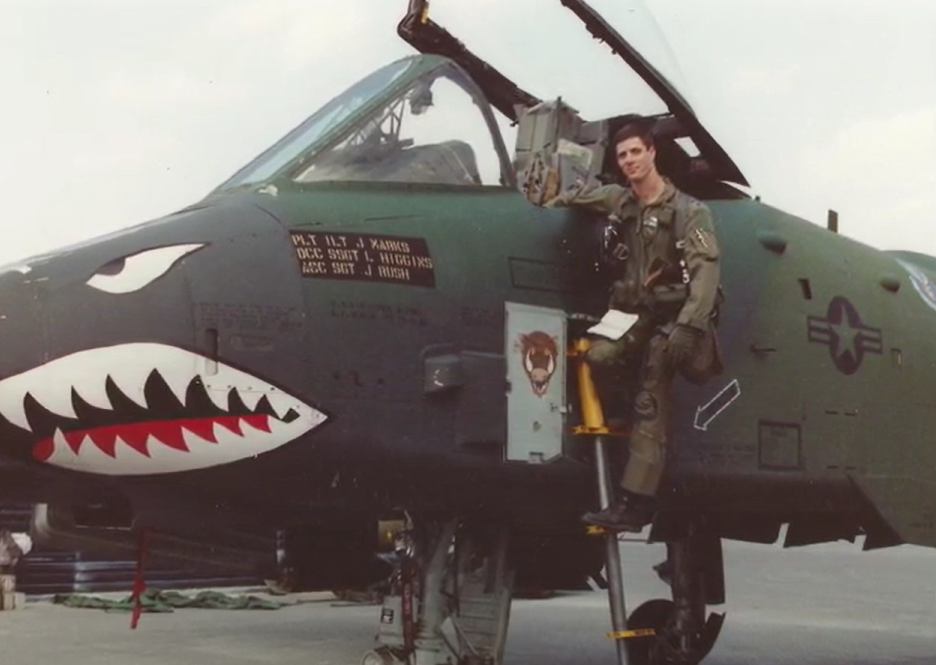
Few pilots have spent more time inside an A-10 cockpit than Lt. Col. John “Karl” Marks. Over his 37-year career, he logged more than 7,500 flight hours in the Warthog—an achievement that remains unmatched. Marks began flying the A-10 during the Cold War era, when the aircraft’s role was still being defined. But it was during the Gulf War that his name became legend.
In 1991, during Operation Desert Storm, Marks and his wingman achieved what few airmen could imagine. Across three missions in a single day, they destroyed 23 Iraqi tanks. Their precise strikes and control under pressure showed exactly why the A-10 was built—to take out armored threats and protect troops on the ground. His flying wasn’t about glory; it was about reliability and control in a world of chaos. Even decades later, Marks continued to train new pilots, helping shape generations of A-10 aviators before retiring in 2024. His career became proof that discipline and mastery can turn one man and one machine into an unstoppable team.
Col. Kim “KC” Campbell: The Pilot Who Refused to Give Up
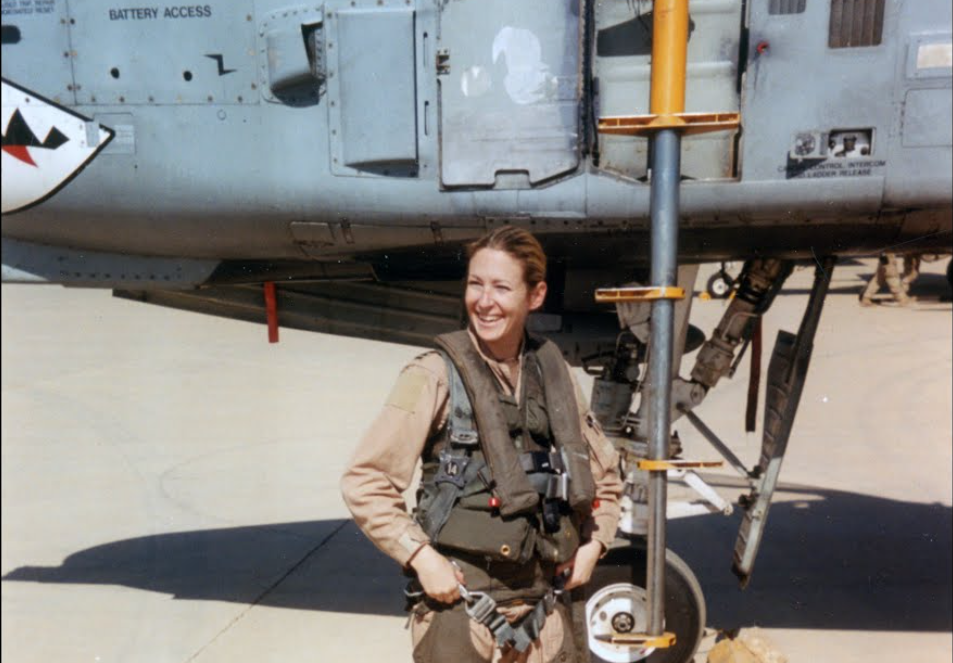
When Col. Kim “KC” Campbell took off over Baghdad in 2003, she had no idea her mission would test every ounce of her courage. Flying an A-10 during intense combat, Campbell’s aircraft was hit by ground fire, shredding its tail and disabling all flight controls. The situation should have been fatal—no pilot was expected to bring back a jet that damaged.
But Campbell didn’t eject. Instead, she switched to manual reversion, an emergency system that required immense physical strength to control. For over an hour, she fought both the aircraft and gravity, guiding the crippled Warthog safely back to base. When she landed, her A-10 was full of holes and barely holding together, but her crew was alive. Her calm under pressure became one of the most studied examples of A-10 durability and pilot skill.
After the mission, Campbell continued to serve, flying search-and-rescue operations to assist other downed pilots. Her leadership extended beyond the cockpit as she later became an advocate for women in aviation and the armed forces. Her story showed that survival sometimes depends not just on technology, but on human determination.
Col. Avery Kay: The Visionary Who Made the A-10 Possible
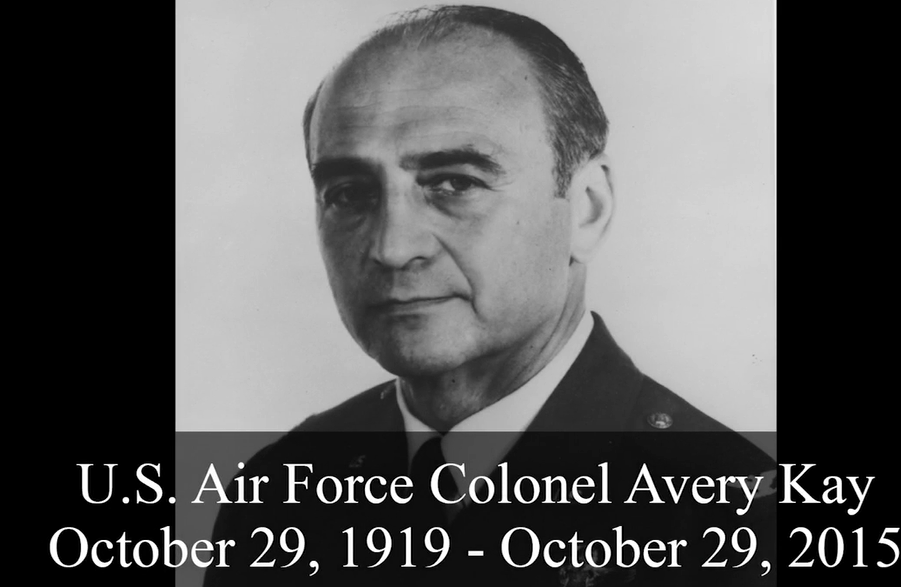
Long before the A-10 ever flew, Col. Avery Kay was one of the few who saw what the U.S. Air Force truly needed. As a World War II navigator, Kay had witnessed how vulnerable ground troops could be without strong air cover. He believed that close air support deserved its own aircraft—something rugged, slow enough to aim precisely, and powerful enough to withstand hits while protecting soldiers below.
During the 1960s, Kay pushed this idea relentlessly. Many within the Air Force favored faster jets, but he fought for a design built around survivability and firepower. His persistence led to the creation of the A-10 Thunderbolt II, an aircraft unlike anything else in the sky. It featured a titanium-armored cockpit, redundant flight systems, and the powerful GAU-8 Avenger cannon—a weapon capable of destroying tanks with precision.
Because of Kay’s determination, thousands of troops would later owe their lives to an aircraft that could fly home on one engine, one wing, or sometimes barely any hydraulics left. Though he didn’t fly the Warthog himself, his vision made it possible for heroes like Marks and Campbell to do what they did best.













